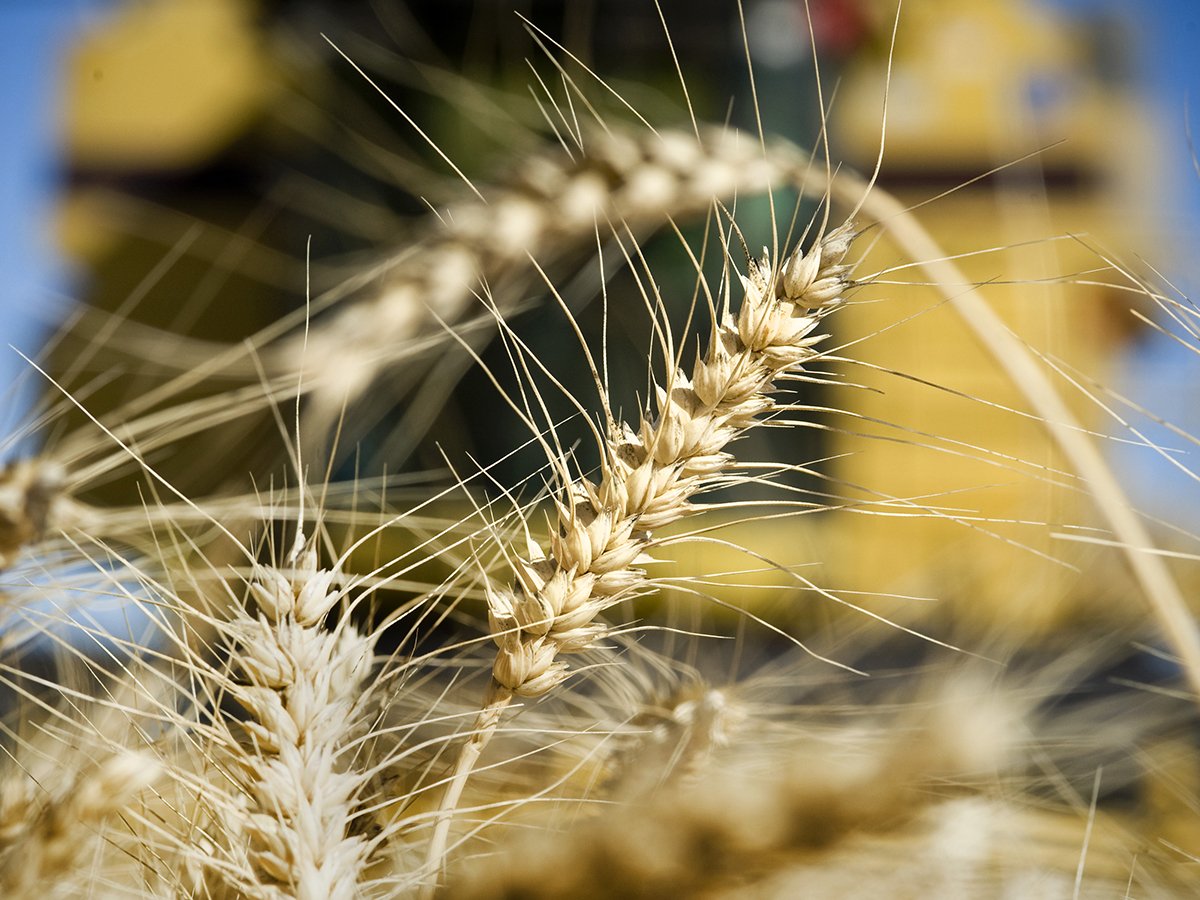Prairie farmers hoping to capitalize on malting barley premiums in the fall should pay close attention to seeding rates in the spring, said a research scientist with Agriculture Canada.
John O’Donovan, a barley agronomy researcher at the Agriculture Canada research centre in Lacombe, Alta., said farmers who use relatively high seeding rates are more likely to produce a crop with improved malt quality.
According to O’Donovan, seeding rates of 300 seeds per sq. metre will generally produce earlier maturing crops with more uniform kernel size, lower barley and malt protein levels, lower beta-glucan levels and better friability.
Read Also

European wheat production makes big recovery
EU crop prospects are vastly improved, which could mean fewer canola and durum imports from Canada.
The research also suggests that while higher seeding rates can have a detrimental effect on kernel plumpness, overall malt quality is generally higher.
“In the past, it has been perceived that increasing the seeding rate has actually decreased malt quality,” said O’Donovan.
“What we found is that yes, there was somewhat of a decrease (in kernel plumpness) but every other quality parameter improved.”
O’Donovan’s research also suggests that increasing the seeding rate too much can be counterproductive.
For example, seeding rates that exceed 300 seeds per sq. metre are more likely to produce excessively dense plant stands and lower grain yields, especially on fields in the grey wooded soil zone.
To optimize yield and malting quality, farmers should aim for a seeding rate of approximately 300 seeds per sq. metre and plant densities of 200 to 240 plants per square metre, he said.
Under ideal growing conditions, seeding rates of 275 seeds per sq. metre might produce 200 to 240 plants per metre.
To ensure optimal plant densities, farmers should test seed germination levels, assess growing conditions, estimate plant mortality rates and make necessary adjustments to seeding rates.
“The farmer might have to make a call (and adjust the seeding rate) if he’s got very, very good growing conditions,” O’Donovan said.
His research, the first of its kind to examine the impact of agronomic factors, provides insight on the relationship between agronomy and malting barley quality.
Each year, the vast majority of barley acres seeded on the Prairies are sown to malting barley varieties.
However, only a small portion of those crops – about 20 percent – are accepted by maltsters.
O’Donovan’s research, which began in 2005, is aimed at developing an agronomic template for successful malt barley production.
To date, 24 site years of data have been collected from sites at Bow Island, Beaverlodge, Lacombe and Fort Vermilion in Alberta, Scott, Canora and Indian Head in Saskatchewan and Brandon in Manitoba.
Test plot locations were selected to ensure data from a variety of soil types. All sites used AC Metcalfe and CDC Copeland, two popular malting barley varieties with notable differences in diastatic power.
“Our objective is not necessarily to compare the performance of the two varieties but to try to develop agronomic practices that improve the quality of both varieties and to identify a range of agronomic practices that best suit different varieties” O’Donovan said.
Project findings related to nitrogen use are particularly interesting, he said.
Barley producers have long known that while nitrogen use increases grain yields, it also lowers malt quality.
“Nitrogen is not good for malt barley quality. It increases protein levels. It delays maturity and it can result in reduced friability in malt.
“What we are finding, however, is that some varieties tolerate nitrogen better than others,” he said.
“We (found) that Copeland tended to tolerate nitrogen better than Metcalfe.
“In other words, the detrimental effects of nitrogen on malt friability is not as great in Copeland as it is in Metcalfe.”
Mike Edney, a grain quality expert with the Canadian Grain Commission, said O’Donovan’s research is the first to suggest that some barley varieties have superior nitrogen tolerance.
According to Edney, friability, a quality sought by maltsters, is conversely related to protein levels because protein limits enzymatic activity that breaks down the endosperm.
O’Donovan’s research suggests that some malt varieties store proteins differently than others and are less likely to exhibit friability problems.
He said assessing nitrogen tolerance in different malt varieties could help identify new cultivars that combine optimal yield potential and malt quality.
“Our preliminary results are already showing some differences between the two varieties in terms of yield and quality but it is too early to make specific recommendations,” he said.
“Once all the information is available, we are confident that it will help barley breeders develop varieties that optimize malt yield and quality.”
O’Donovan hopes to continue the project in 2010 and has applied for additional funding under the Growing Forward program.
Research conducted to date received funding from the Alberta Barley Commission, the Canadian Wheat Board, Rahr Malting and Agriculture Canada.
















